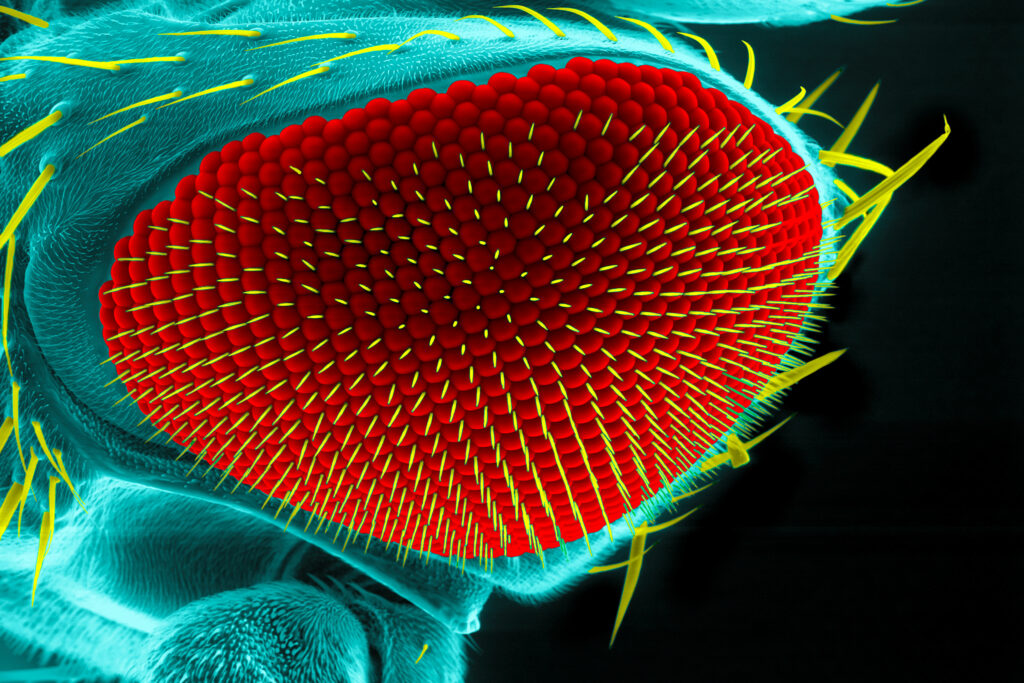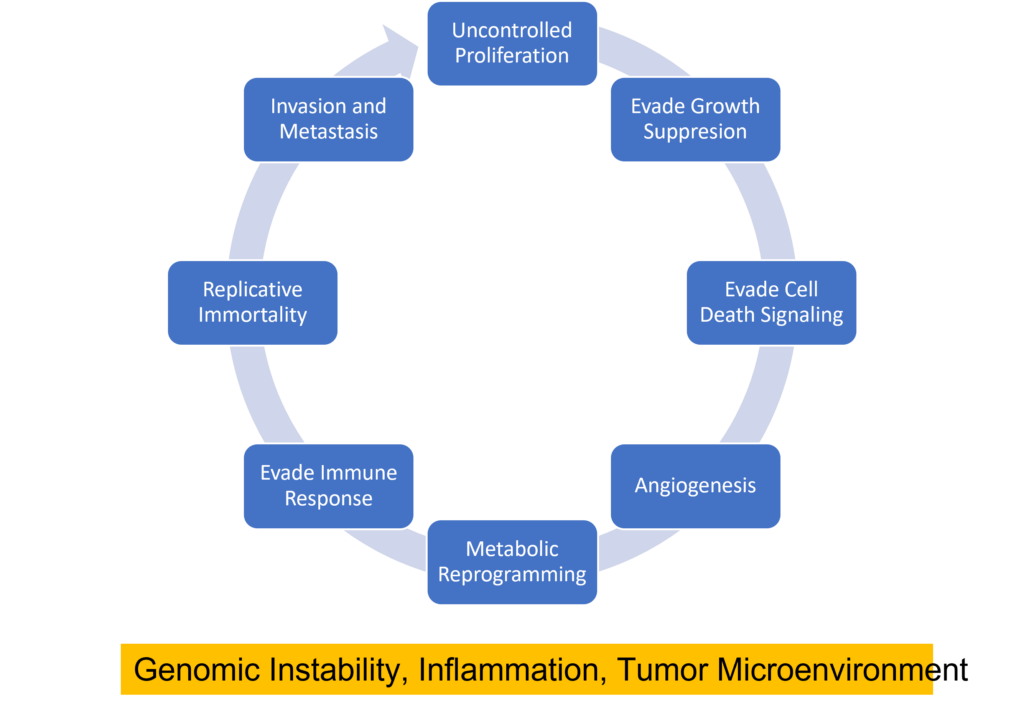
“We are a company that is built upon innovation, and R&D is one of the main drivers of that,” says Frank Fan, Director of Biology at Promega.
Promega Research and Development is focused on developing reliable tools that address the biggest problems facing life scientists. However, our R&D scientists do much more than just develop products. Promega scientists regularly pursue basic research to curate new skills and knowledge and collaborate extensively with researchers across academia and industry. This work fuels major advancements in areas like targeted genome editing, drug discovery, and genetic identity.
In June 2023, our Research and Development department gathered to recognize Promega scientists who have published peer-reviewed papers or patents. This was the first time the department had held this event since 2019, and in that time 71 scientists have published research in journals like Nature and Cell. 16 of those scientists published 10 or more times, and several were also invited to contribute review articles and book chapters.
In addition, Promega also recognized seven researchers with the title “Distinguished Scientist.” This award was intended to recognize scientists who are at the top of their game in both advancing and communicating science. Their work includes protein engineering, chemical biology, neuroscience and much more.
The Distinguished Scientists were selected for having an i10 index above 25 since 2018. This indicates that the scientist has more than 25 publications that have been cited 10+ times in the past five years, as measured by Google Scholar. As VP of R&D Poncho Meisenheimer said, “This award is truly from the scientific community. This is a recognition that your scientific peers see your work as valuable.”
Here is the list of Promega researchers recognized as Distinguished Scientists and some of their recent high-impact papers.
Continue reading “Celebrating Distinguished Scientists and Peer-Reviewed Publications in Promega R&D”








